Cultivation of microalgae and cyanobacteria
Home » Activities » Aquaculture » Cultivation of microalgae and cyanobacteria
In the GUS 16 building there are two rooms used for the cultivation of small and medium volumes of microalgae equipped with shelves and reactors for volumes from 10 up to 450 L.
A greenhouse was then dedicated to these premises in which there are three open-type “raceway” vane reactors with a volume of 3000 L each.
For years, the Center has been a point of reference for numerous Italian Spirulina companies to which it provides technical-scientific support from the plant design phase, to the start-up and management of crops, up to the collection, stabilization and packaging of the finished product.
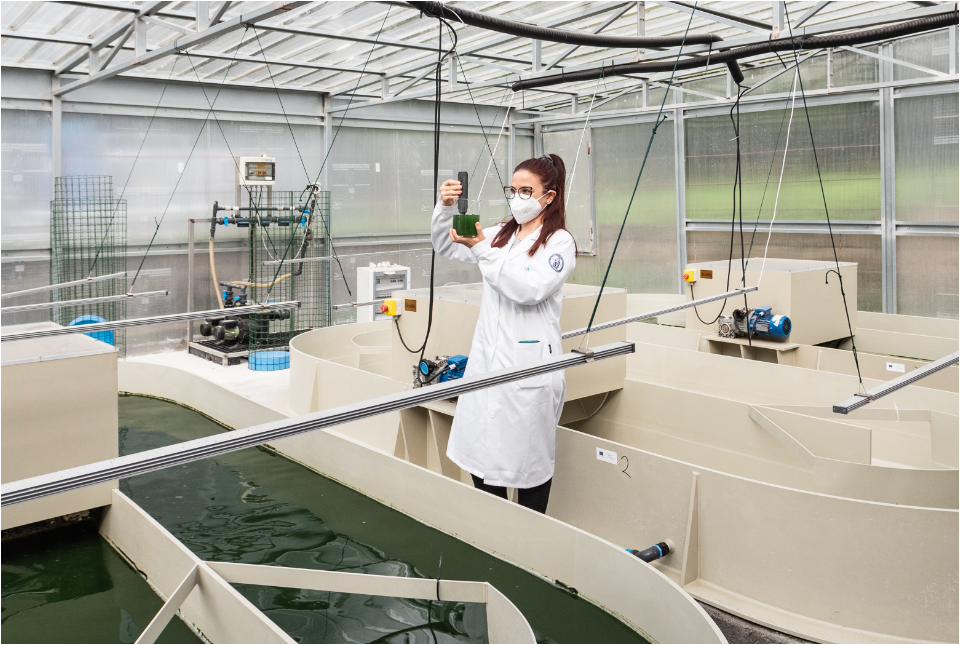
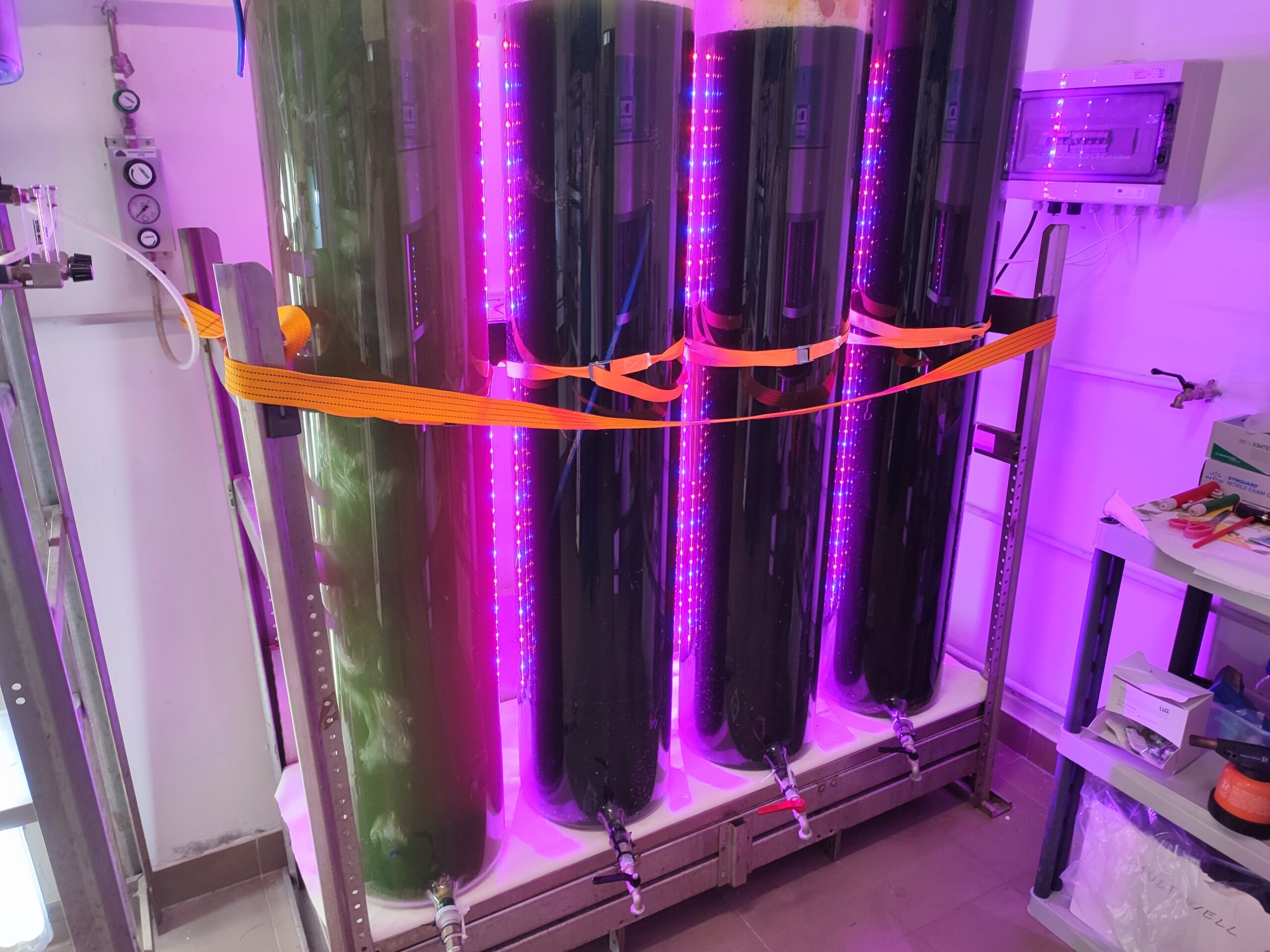

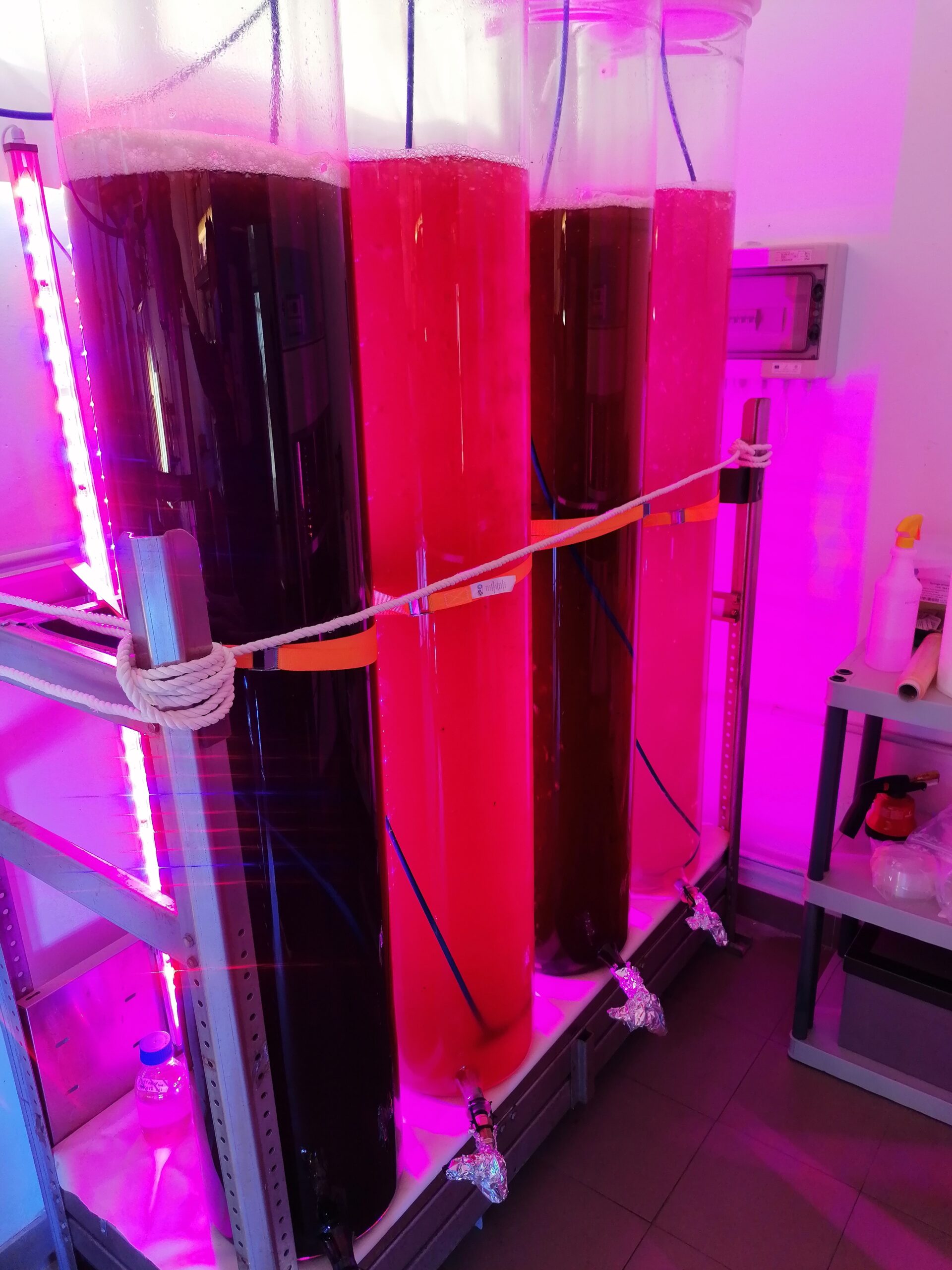
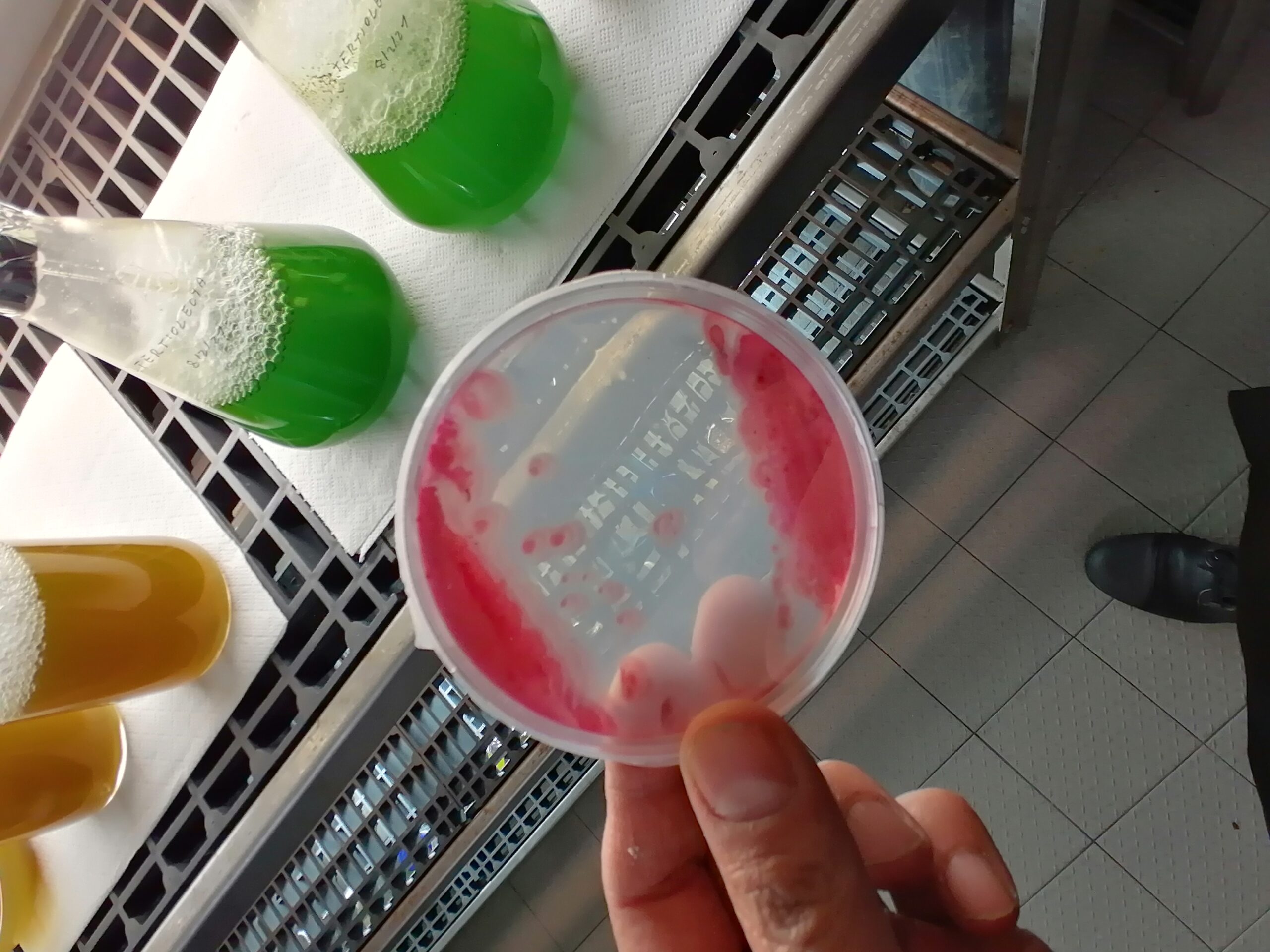
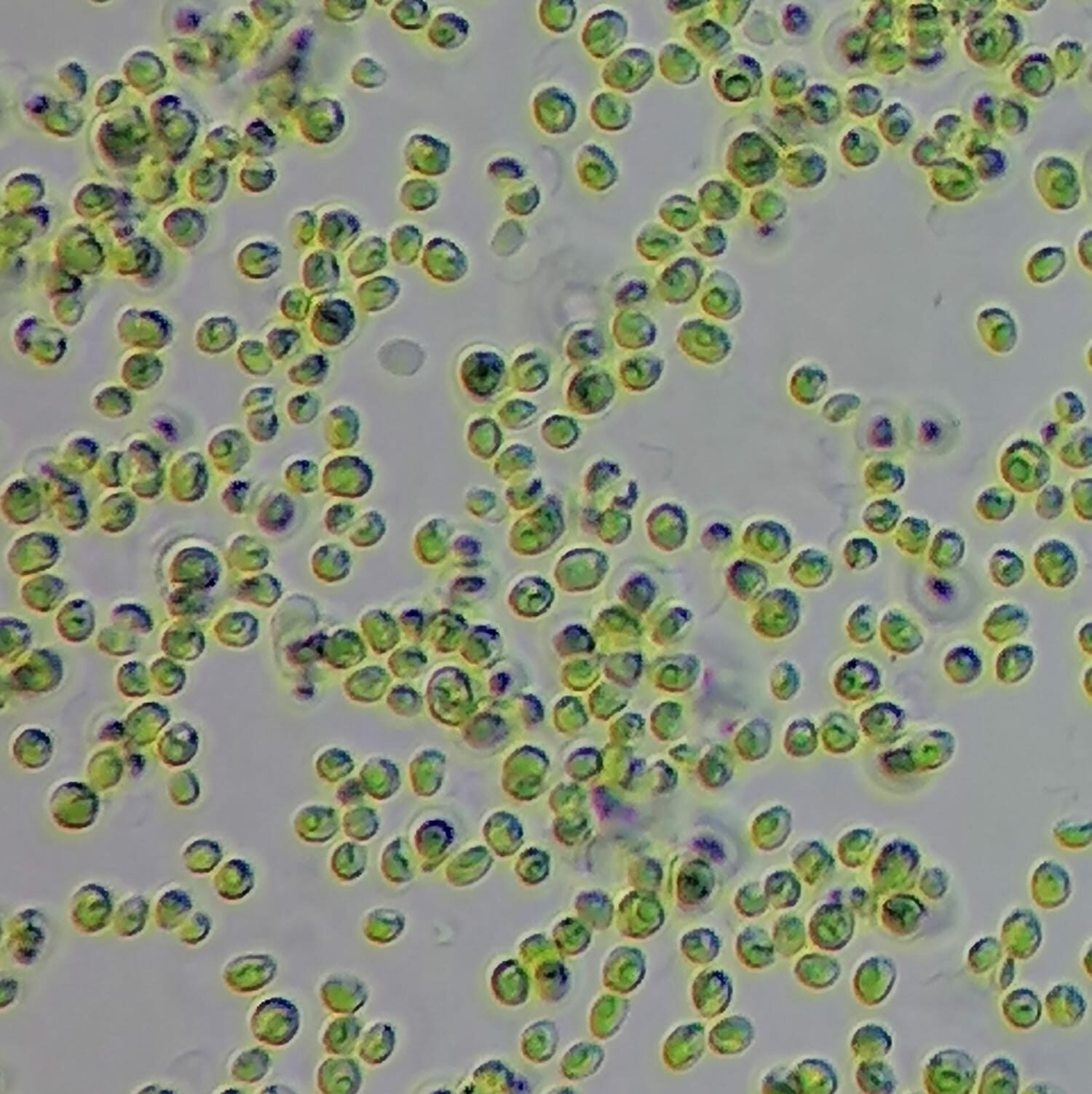
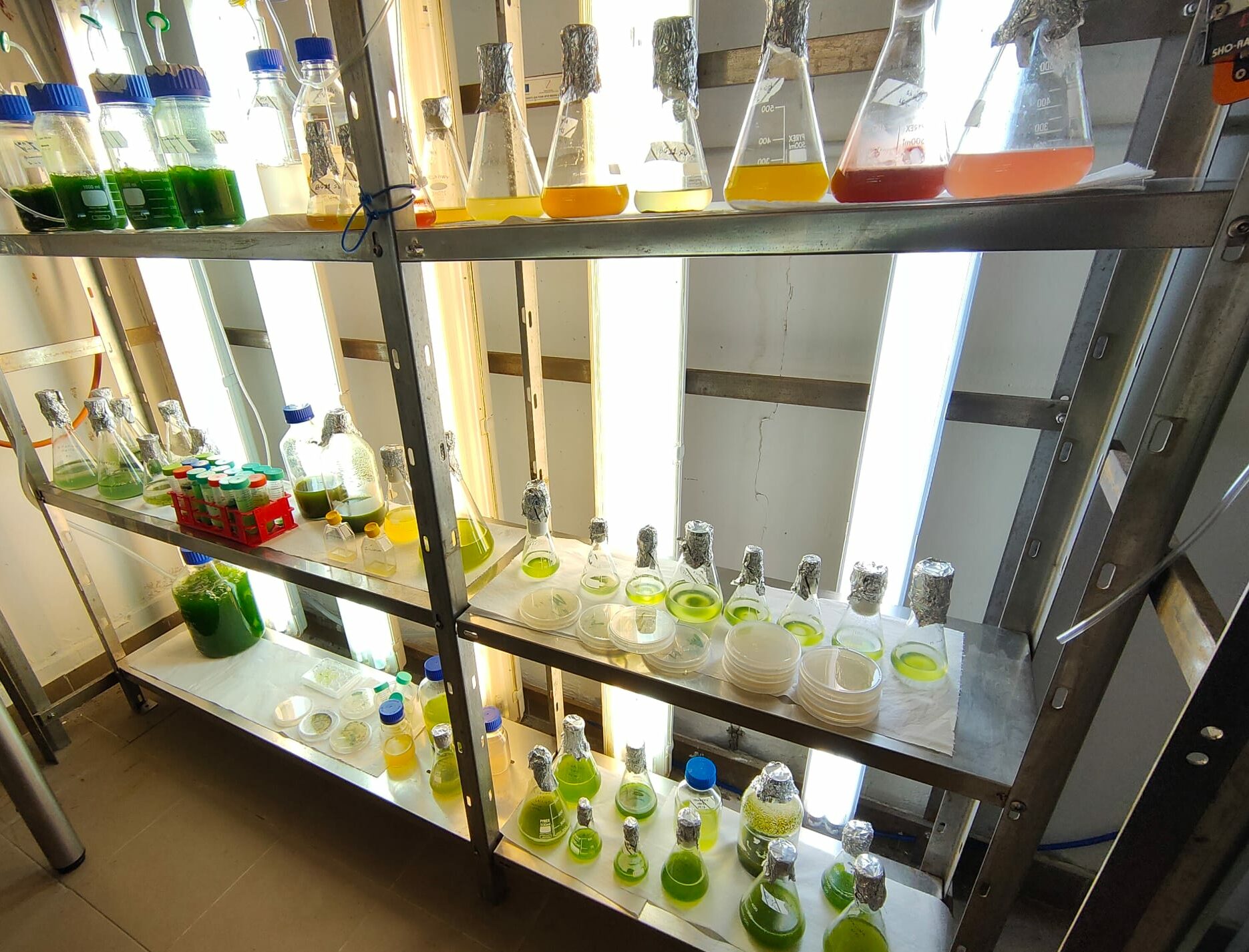
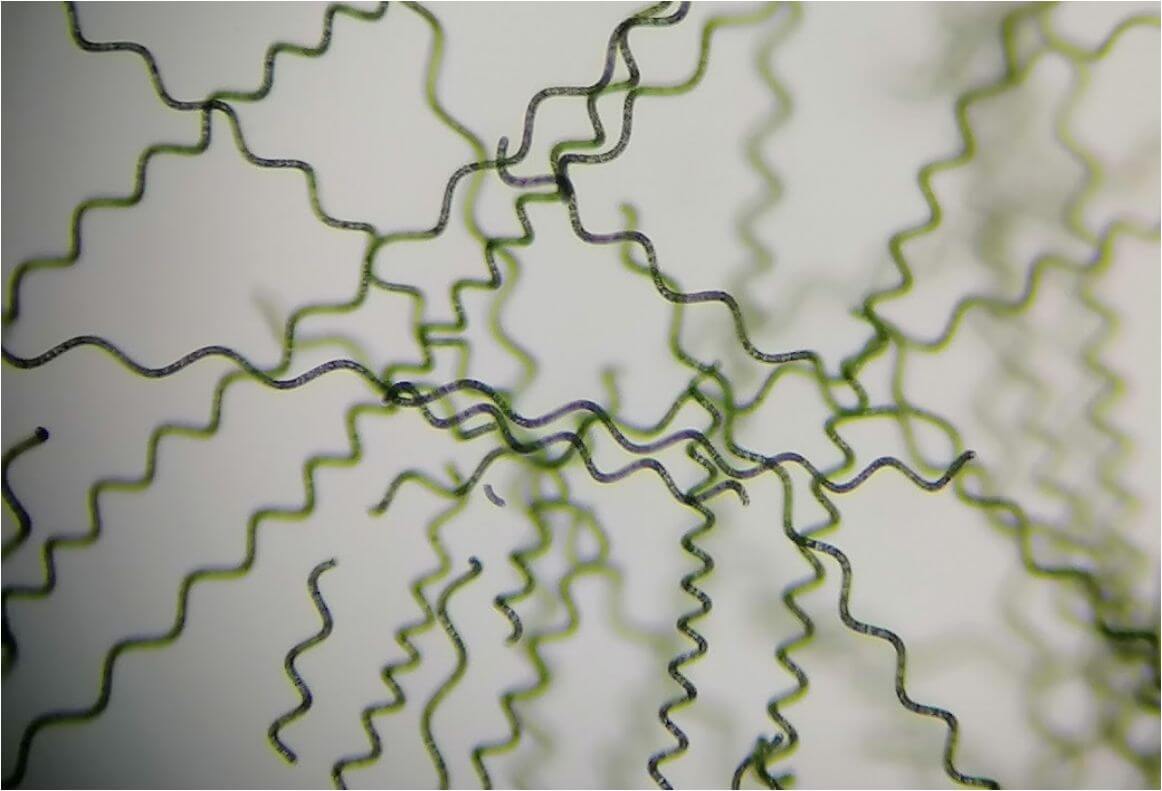

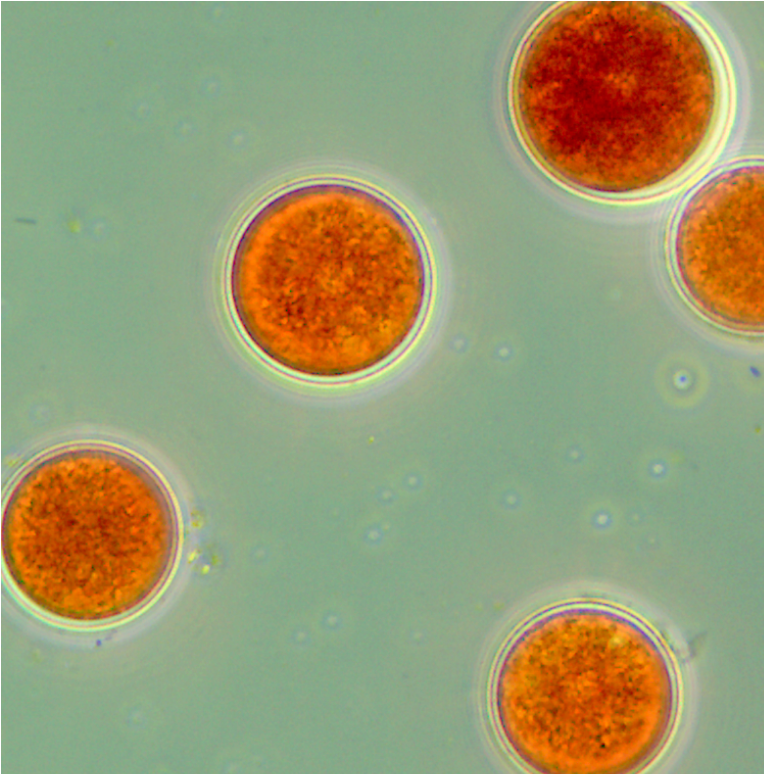
In addition to Spirulina the Center has also developed techniques for the cultivation of microalgae whose production on a commercial scale has no relevant players yet at least in the Italian context such as Chlorella spp, Haematococcus pluvialis (producer of the precious carotenoid Astaxanthin) and Dunaliella salina.
In addition to the food sector, the cultivation of microalgae was also carried out in the Center for cosmetics, a sector in which a significant contribution was made in the discovery and technological transfer of new active ingredients with standardized properties. Finally, also algae for the animal feed sector
(especially for the breeding of fish larvae and molluscs) has always played a historic and important role in the activities of the Center.
Among the activities that characterize the Center is the possibility of producing on commission demo of new biomass from algae, cyanobacteria and other microorganisms for companies interested in the development of new products in numerous application sectors. Together with these activities, the Center provides the development and transfer of customized production protocols and technical-economic analyzes of the processes modeled also on an industrial scale.
To date, the center has several dozen Research and Development Agreements carried out with companies and public bodies for speci fi c expertise on microalgae in the cosmetic, nutraceutical, food and energy applications sectors.
In addition to the cultivation in light (self-cultivation), the Center over the years has developed and consolidated experience in the production of heterotrophic organisms and undifferentiated tissues of superior plants for the development of products with high added value.
Among these productions stand out those of fungal-like protists such as Aurocitrium sp. and Phytium sp. respectively for the production of long-chain polyunsaturated fatty acids docosahexaenoic (DHA) and eicoisapentaenoic (EPA) and Galdieria sulphuraria for the production of active ingredients for cosmetics.

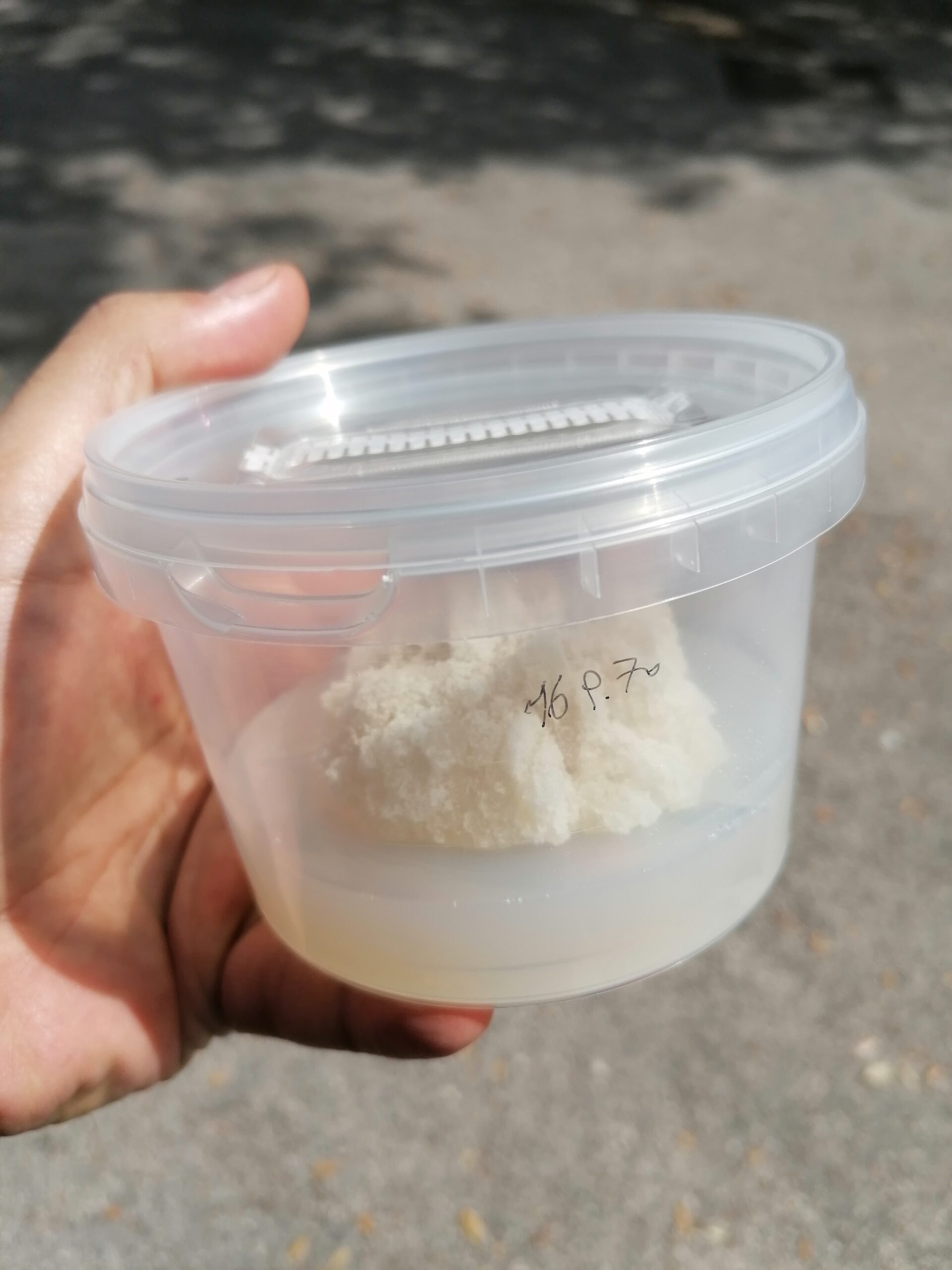

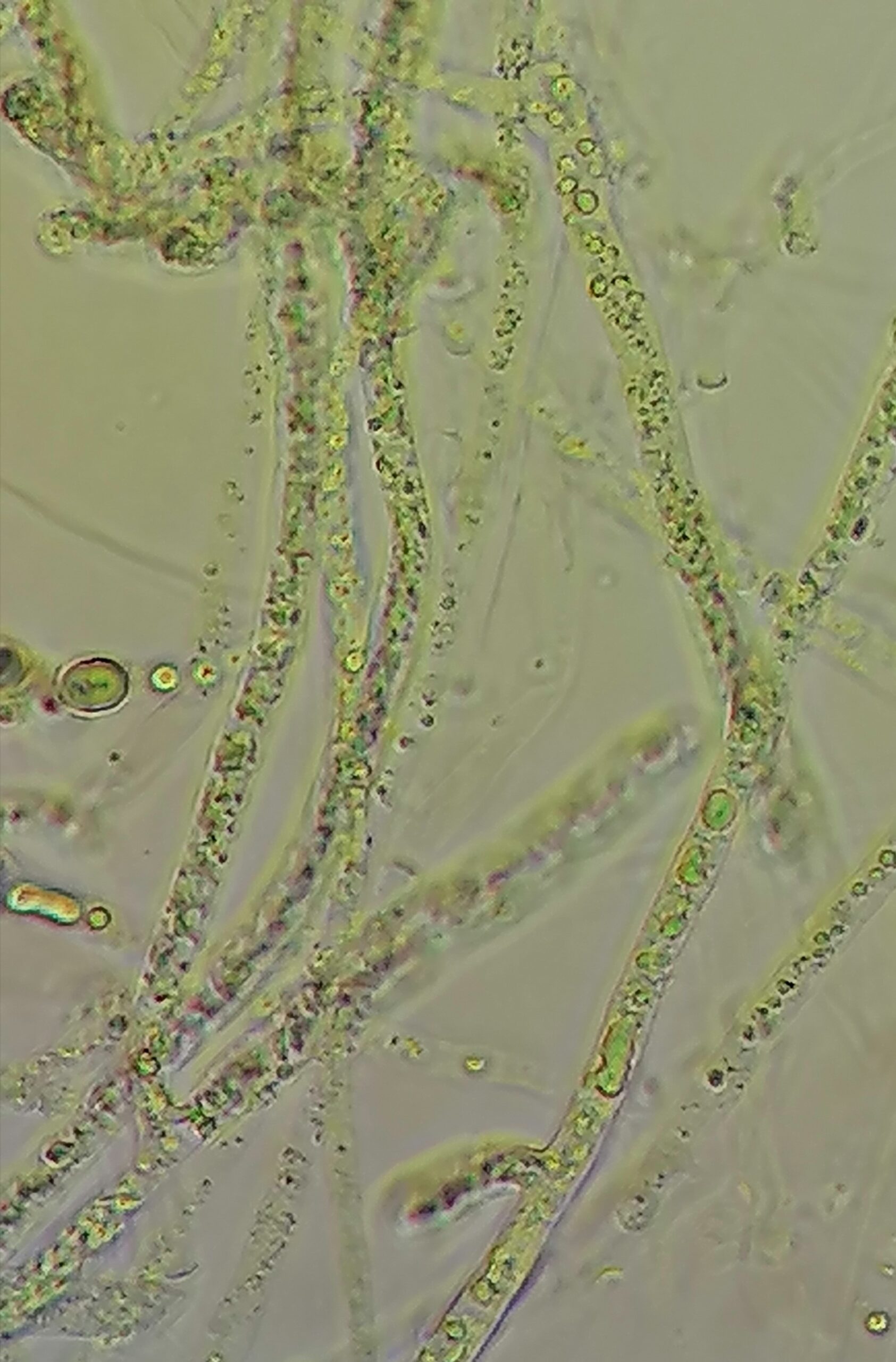
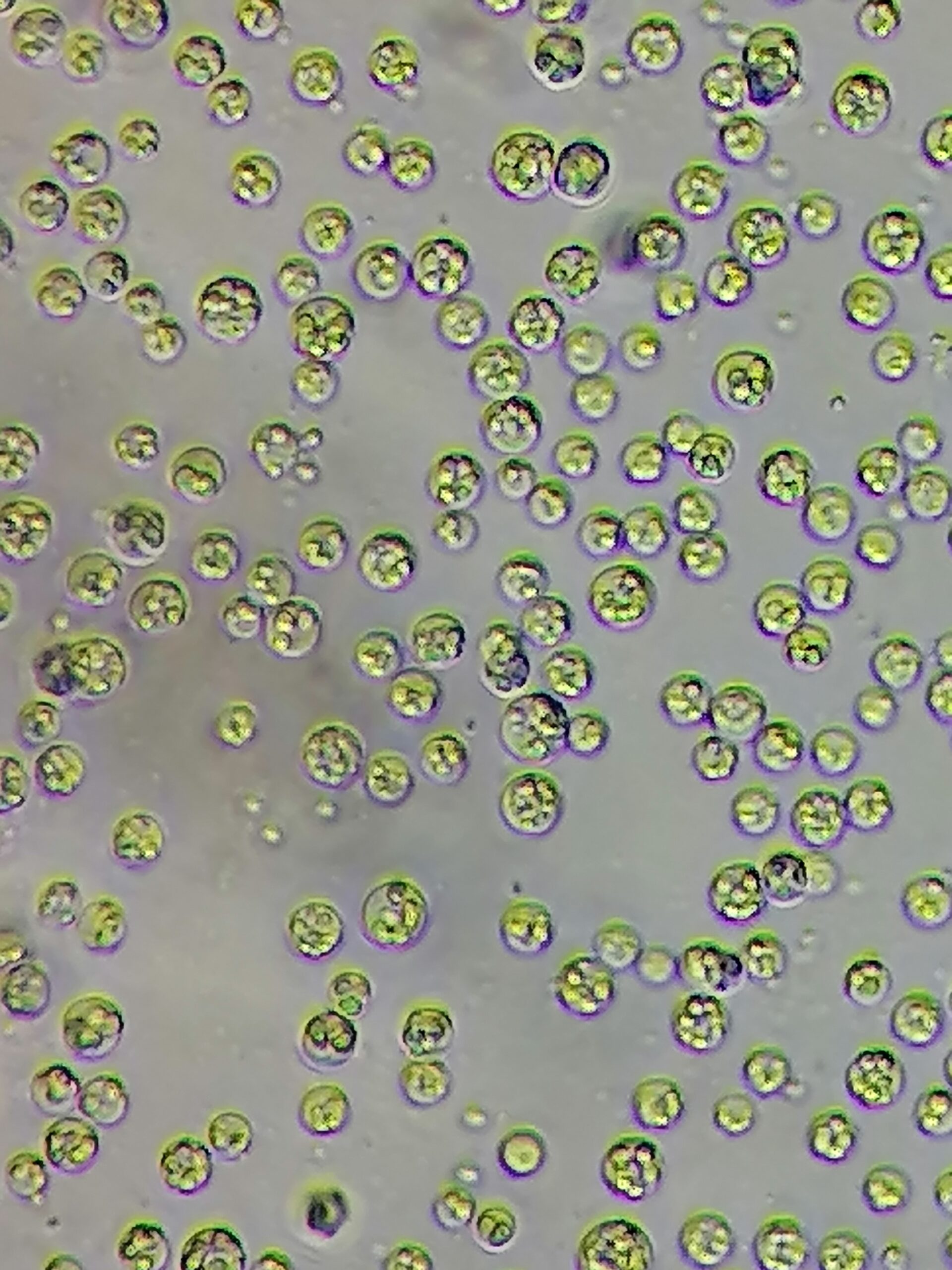
Stump Control
For years, the Center has been a point of reference for numerous Italian Spirulina companies to which it provides technical-scientific support from the plant design phase, to the start-up and management of crops, up to the collection, stabilization and packaging of the finished product.


